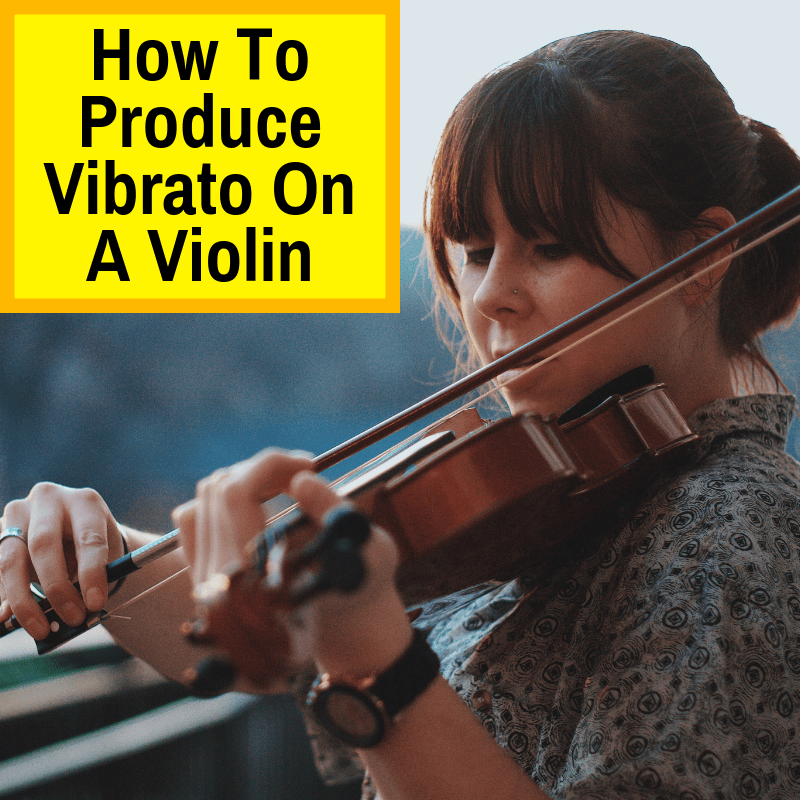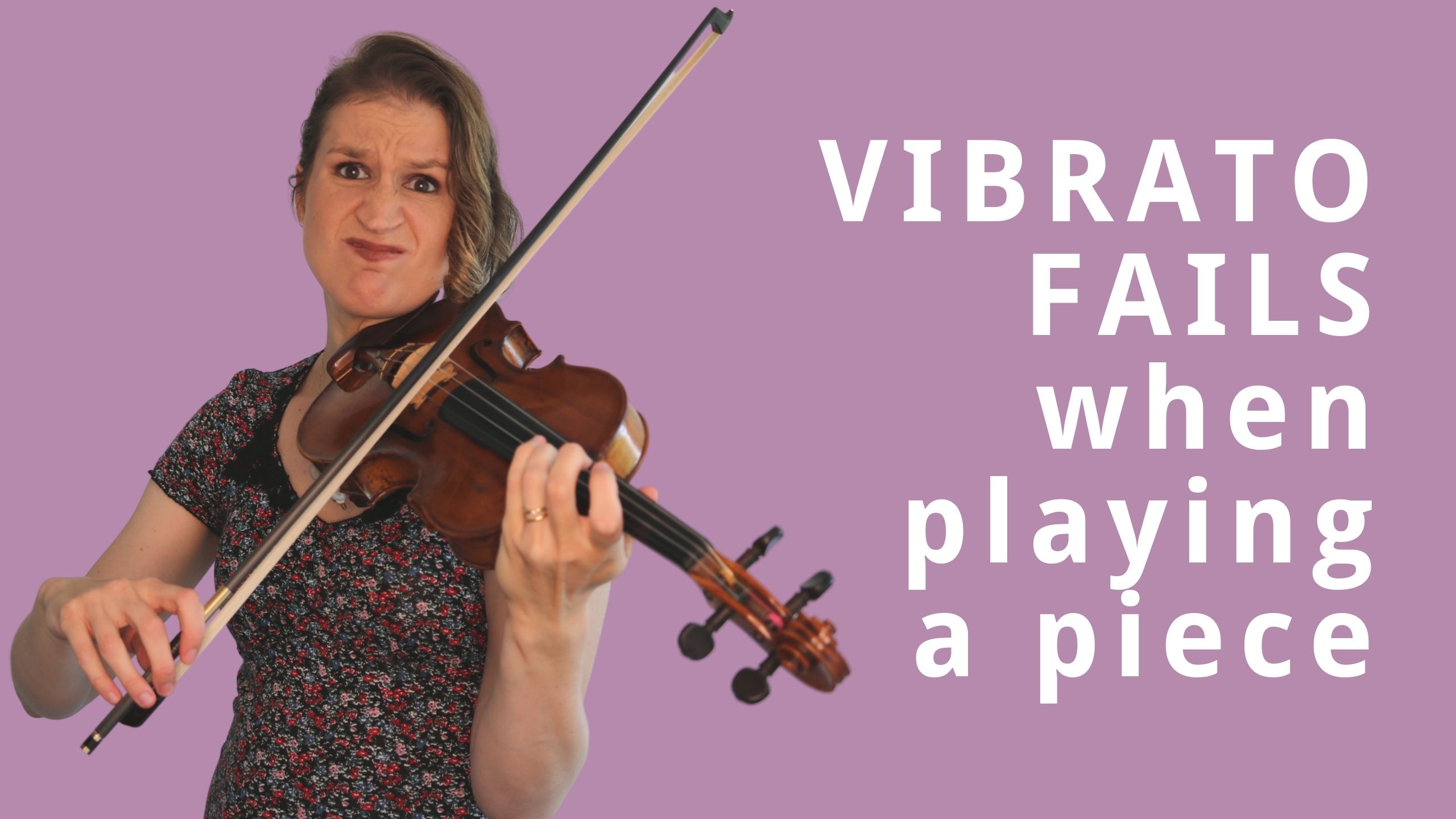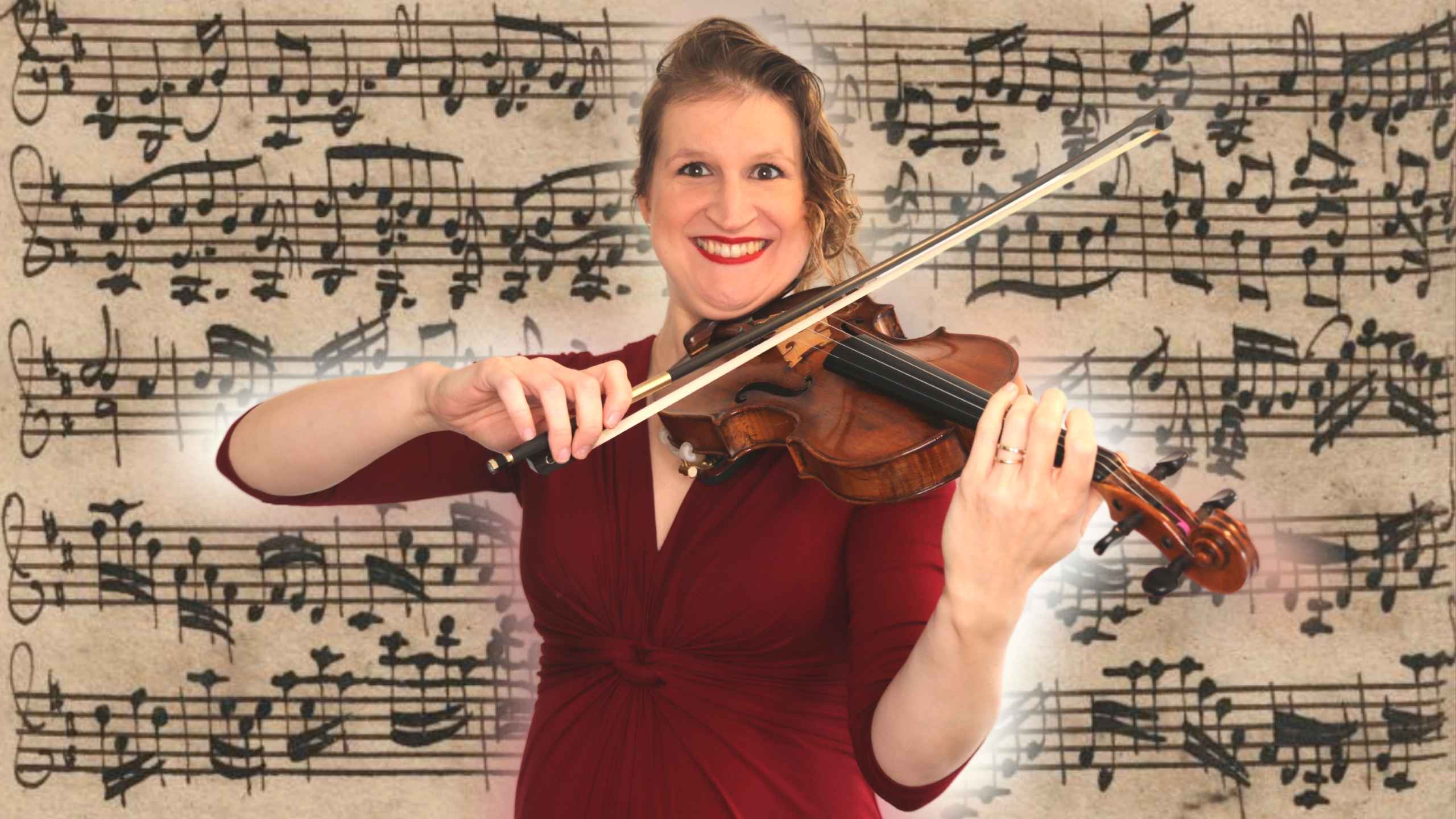Build A Info About How To Learn Vibrato On The Violin

In contrast, the faster, shallower movements of wrist vibrato add color and flair to a more exuberant melody.
How to learn vibrato on the violin. Keep practicing summary am i ready for vibrato violin? Practice regularly and listen to your playing to perfect your signature vibrato style. Hand and wrist vibrato.
A violinist sounds “good” because they have an even, rich tone, consistent intonation, and good rhythm. By following these tips, you can develop excellent vibrato technique and adapt a unique style to your playing. Understand how to add in the other vibrato styles step 6:
Here is some advice to help you learn vibrato effectively: Going against gravity by holding the violin up. once we take out these 2 elements, vibrato is clear to understand and easy to learn. Vibrato has thousands of colors, and indeed, it is very personal and individual for every violin player.
The three portions of the arms act as a single unit with the same motion to. Make sure your left hand, wrist, and arm are completely relaxed. These are my tips and tricks to getting and maintaining a lovely vibrato on the violin.
In fact, it could make your playing sound…worse! Takelessons teacher naomi s. Learning violin vibrato requires a relaxed approach that is accurate and well placed.
Learning violin vibrato is a huge step in working towards playing more musically and adding to your musical expertise. We will provide video practice tutorials and helpful tips so that you can master t. Start out with your fingers nice and erect in the correct position.
Or you can do six. The arm vibrato can help you achieve optimal vibrato motion on your instrument. We can do four notes.
And until you reach normal vibrato speed. Learn the violin vibrato technique in a few easy steps! Free violin lessons and exercises to learn and improve your vibrato vibrato is a learnable skill that makes your violin playing so much more beautiful learn arm, wrist and finger vibrato, control your vibrato and apply it to the music you play.
It can be very delicate and tricky to study since it requires us to prepare our technique and be consistent in practicing it. Traditionally, classical music and bombastic passages require smaller and tighter vibrato, whereas low, romantic pieces call for bigger and wider vibrato. After you have learned the basics of posture, playing in tune, counting rhythm well, you will likely want to learn vibrato next.
Arm vibrato is slower and broader, so it is typically used for slow, somber music. 1 use the different vibrato techniques to create different moods. Then you can do a slur.












![[Video] 5 Exercises to Learn Vibrato on the Violin or Viola Violin Lounge](https://violinlounge.com/wp-content/uploads/2018/12/3D-Vibrato-book-and-iphone-759x1024.png)





